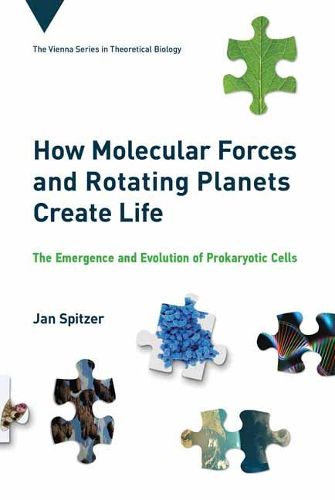Readings Newsletter
Become a Readings Member to make your shopping experience even easier.
Sign in or sign up for free!
You’re not far away from qualifying for FREE standard shipping within Australia
You’ve qualified for FREE standard shipping within Australia
The cart is loading…






A reconceptualization of origins research that exploits a modern understanding of non-covalent molecular forces that stabilize living prokaryotic cells.
Scientific research into the origins of life remains exploratory and speculative. Science has no definitive answer to the biggest questions– What is life? and How did life begin on earth? In this book, Jan Spitzer reconceptualizes origins research by exploiting a modern understanding of non-covalent molecular forces and covalent bond formation–a physicochemical approach propounded originally by Linus Pauling and Max Delbr ck. Spitzer develops the Pauling-Delbr ck premise as a physicochemical jigsaw puzzle that identifies key stages in life’s emergence, from the formation of first oceans, tidal sediments, and proto-biofilms to progenotes, proto-cells and the first cellular organisms.
$9.00 standard shipping within Australia
FREE standard shipping within Australia for orders over $100.00
Express & International shipping calculated at checkout
Stock availability can be subject to change without notice. We recommend calling the shop or contacting our online team to check availability of low stock items. Please see our Shopping Online page for more details.
A reconceptualization of origins research that exploits a modern understanding of non-covalent molecular forces that stabilize living prokaryotic cells.
Scientific research into the origins of life remains exploratory and speculative. Science has no definitive answer to the biggest questions– What is life? and How did life begin on earth? In this book, Jan Spitzer reconceptualizes origins research by exploiting a modern understanding of non-covalent molecular forces and covalent bond formation–a physicochemical approach propounded originally by Linus Pauling and Max Delbr ck. Spitzer develops the Pauling-Delbr ck premise as a physicochemical jigsaw puzzle that identifies key stages in life’s emergence, from the formation of first oceans, tidal sediments, and proto-biofilms to progenotes, proto-cells and the first cellular organisms.